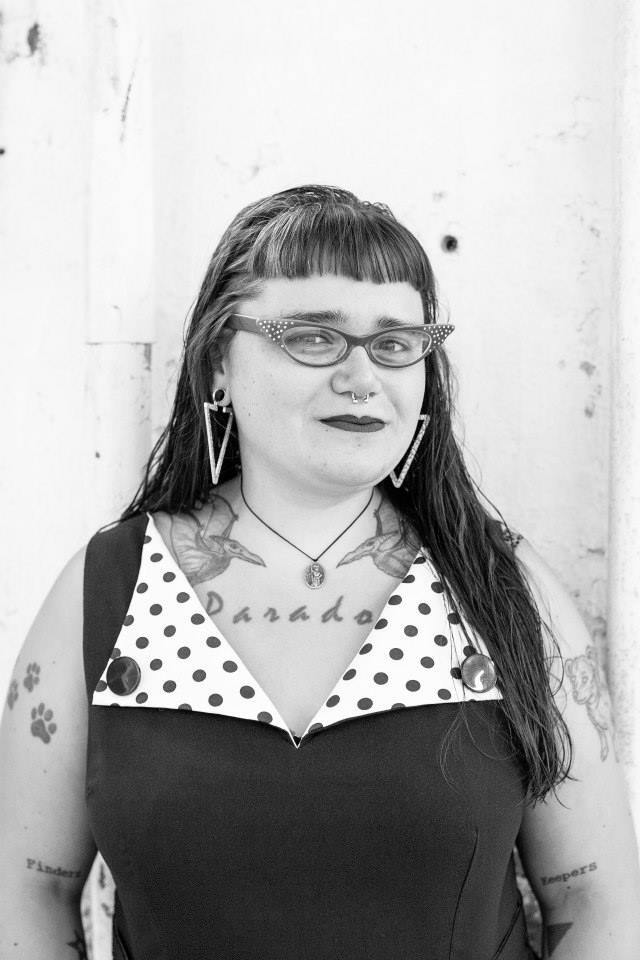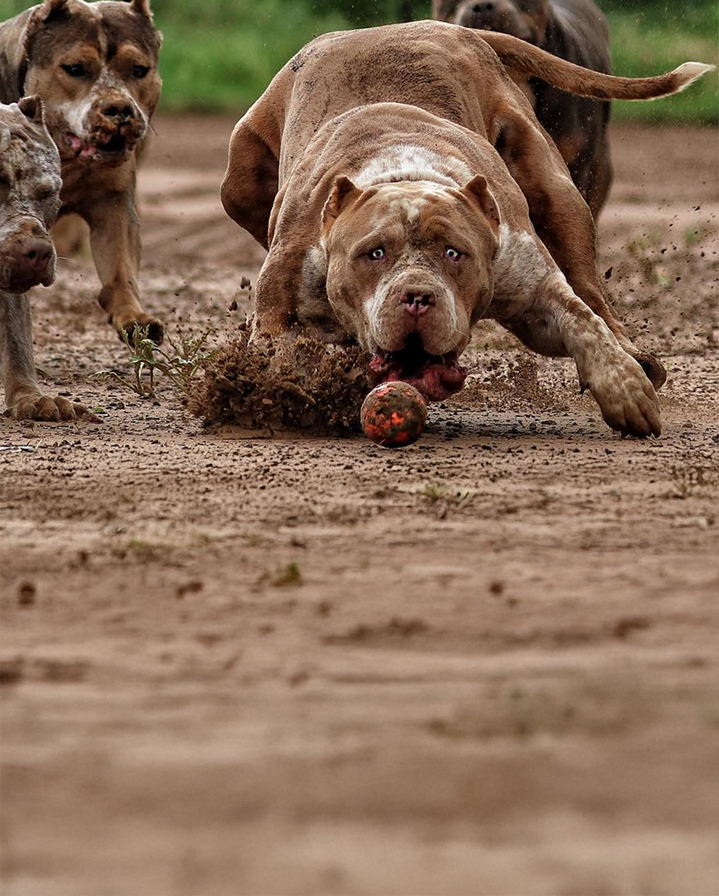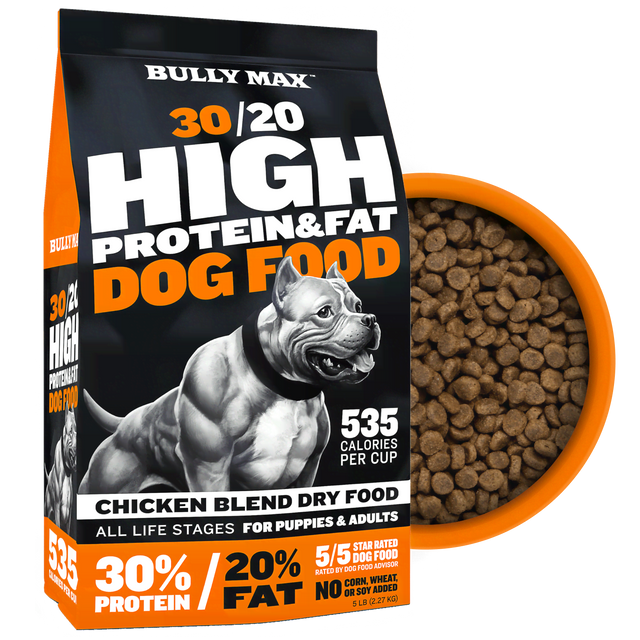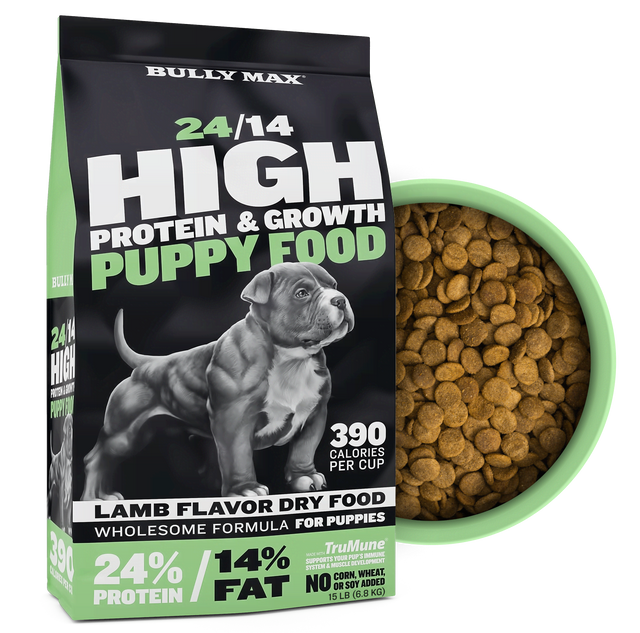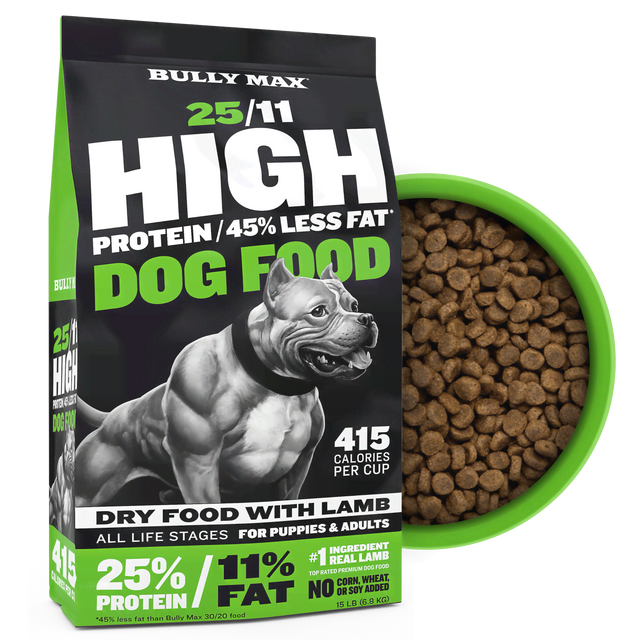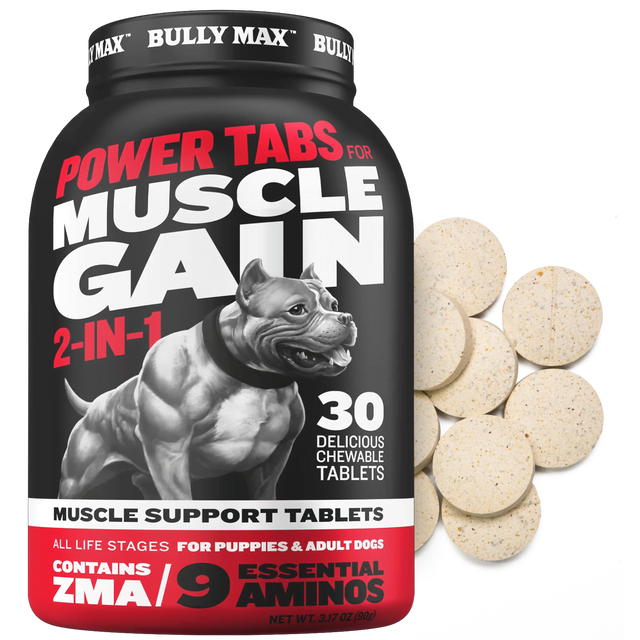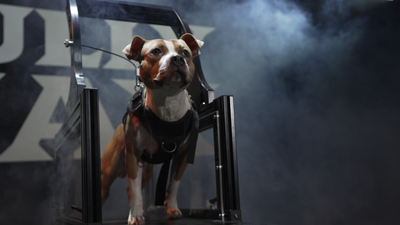Understanding the ADBA American Pit Bull Terrier Breed Standard
The Importance of Breed Standards
A breed standard defines a dog from the tip of the nose to the end of the tail. It preserves the breed by outlining the agreed physical and behavioral traits. According to the ADBA, American Pit Bull Terriers (APBTs) are medium-sized, powerful, athletic, and often misunderstood. They have a blocky head, glossy coat, and muscular build. They should be confident, high-energy, and retain a strong working drive.
Breed standards guide breeders. Ethical breeders use them to shape programs that align with temperament and structure. In conformation shows, judges compare each APBT against the standard. The dog that best reflects the standard wins.
The American Dog Breeders Association (ADBA)
Founded in 1909, the ADBA began as a multi-breed registry. It shifted focus to the preservation of the American Pit Bull Terrier. In 1976, it launched the American Pit Bull Terrier Gazette to promote accurate information and highlight the breed’s athleticism. Today, the ADBA remains the largest APBT registry.
Historical Background of the American Pit Bull Terrier
The APBT traces back to 19th-century Britain, where bulldogs and terriers were crossed. They were used in now-illegal blood sports like bull baiting and later ratting and dog fighting. Their strength and agility built their reputation. With time, breed standards helped refine them into athletic companion dogs.
The ADBA Breed Standard
The ADBA American Pit Bull Terrier breed standard reflects the breed’s working roots.
Size and Build
APBTs weigh 30–75 pounds, with a square, heavy-boned, muscular build. They should look athletic, with smooth, defined muscles, lean condition, and firm shape. A glossy coat and balanced movement are required.
Head and Features
Heads should be large but proportioned. The breed should have small, deep-set eyes and cropped or uncropped ears. Nails should be short and trimmed.
Acceptable Coat Colors
American Pitbull Terriers are within the breed standard with a wide variety of coat colors, including black, buckskin, black and tan, chocolate, fawn, red, white, seal, and a combination of coat colors. However, the ADBA standard is clear that color should never come at the expense of health. The breed standard indicates: "Colors or color patterns known to be genetically linked to health problems will be considered a serious fault. Major faults: merle color pattern, albinism (white dog with blue or pink eyes, pink nose, lips, no pigment present on pads, rims of eyes etc.)" as those all have frequent health consequences. The breed should also have a deep head, with small and deep-set eyes and ears that can be either cropped or uncropped.
Disqualifications
The ADBA disqualifies health-linked colors and patterns such as merle and albinism. Albinism includes white coat with blue/pink eyes, pink nose, and lack of pigment on pads and rims.
Temperament and Behavior Standard
Unfortunately, in part because of unethical breeding and irresponsible ownership, there are serious misconceptions around temperament and aggression with American Pitbull Terriers. In reality, the breed standard is clear that dogs should be socialized; however, there is an awareness that dog/dog aggression can be a historically accurate characteristic for the breed, and is not a fault. The standard notes that: "Although some degree of dog/animal aggressiveness is characteristic of the breed, unruly behavior will detract from the judge's ability to accurately judge an individual dog's conformation.” For ADBA and any aggression towards humans is a disqualification to be shown. To be comfortable and successful in a dog show environment, American Pitbull Terriers should be well-socialized and trained to ignore the distractions of other dogs and people.
Why Adhering to the Standard Matters
For breeders, following the APBT breed standard ensures they produce healthy, sound dogs with the right temperament. For owners, choosing breeders who follow the ADBA standard reduces risks of health or behavioral issues. Responsible breeding maintains the breed’s legacy and prevents dilution of its traits.

Frequently Asked Questions
What is the American Pit Bull Terrier breed standard?
The ADBA defines the APBT as a medium-sized, athletic, confident dog with a muscular build and balanced temperament.
What size and weight should an APBT be?
Between 30 and 75 pounds, sturdy and athletic with lean muscle.
Which APBT coat colors are allowed?
Many colors are acceptable, but health-linked colors like merle and albinism are faults.
Is dog aggression a fault under the ADBA standard?
Some degree of dog aggression is historically accurate for the breed, but any aggression toward humans results in automatic disqualification.
How do judges evaluate APBTs in shows?
Judges compare each dog against the ADBA breed standard, looking at structure, movement, appearance, and temperament.
Conclusion
It is not an exaggeration to say that the future of the American Pit Bull Terrier rests in the hands of the breed enthusiasts, including responsible breeders and engaged dog owners. The APBT breed standard from the ADBA is significant in importance and proactive for the betterment of the breed because it prioritizes the functional form, athleticism, balance, temperament, and stamina that make the American Pit Bull Terrier unique. Focus and adherence to the breed standard supports maintaining the breed's historical legacy while actively preventing health and behavioral issues. Responsible breeders focused on the preservation of the breed will prioritize the breed standard, and should be able to point out to prospective dog guardians the strengths and weaknesses of their breeding lines and individual dogs. Ultimately, breeding to the standard helps to preserve the working function of the American Pit Bull Terrier, and ensures that happy companion American Pit Bull Terriers will continue into the future.
Watch the ADBA Top Dog Competition
For a look at American Pit Bull Terriers in action, see this episode of Bully Max Sports covering the 49th Parallel ADBA Top Dog Competition in Vancouver. It showcases the athleticism and drive that the ADBA breed standard preserves.
